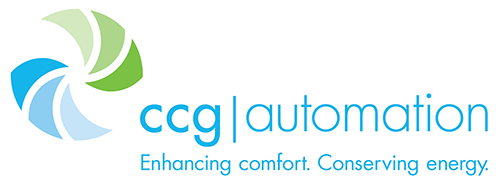 |
|
 |
 |
 |
 |
 |
 |
 |

A Tale of Two SchoolsTuesday, October 3, 2017 by Brian C. Wagner
|
Company NewsUH Ahuja Medical Center Recognized for Energy SavingsWe are excited to announce that CCG Automation, Inc. has received the Innovative Energy Project of the Year Mid-West US Award and the Runner-up for the 2024 International Award: Energy Project of the Year: US from the Association of Energy Engineers (AEE) for the UH Ahuja Medical Center project! CCG Helps EHOVE Career Center During Pandemic EHOVE Career Center has a new tool called needlepoint bi- polar ionization as part of its safety & wellness efforts during the pandemic that will also be a long-term asset. The ionization system is very effective in killing COVID-19, as well as other viruses, bacteria and molds, including influenza. Akron Children's Hospital Considine Building Win Energy Award The American Society for Health Care Engineers announced that Akron Childrens Hospital has won an Energy to Care Gold Standard Award. Energy Project of the Year at Strasburg-Franklin Local Schools CCG was recognized by Association of Energy Engineers. Leetonia Exempted Village School See Big Reduction in Energy Check out the message we just received from Leetonia Exempted Village Schools! CCG Automation Completes Campus Wide Metering Project at Akron Childrens Hospital CCG Automation recently completed a campus-wide metering project at Akron Children's Hospital to help track energy usage throughout the campus. Company BlogContinuous ValidationIncreased performance and reduced utility consumption leads to success for Akron Children's Hospital. Never Enough MoneyYou get what you pay for. Often, you will find that an initial low cost is the most expensive way to go. Before/AfterImagine how much more productive and healthy occupants are when they are in a comfortable work space. |

